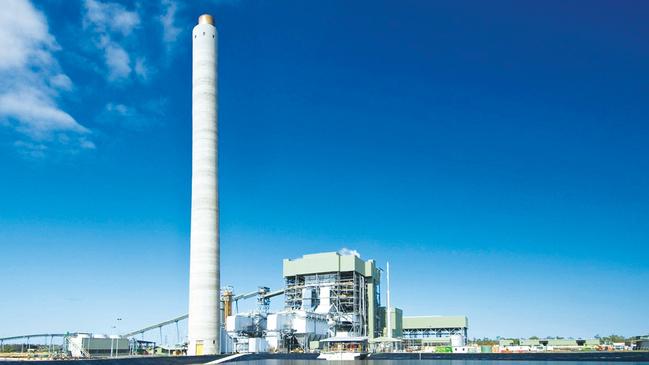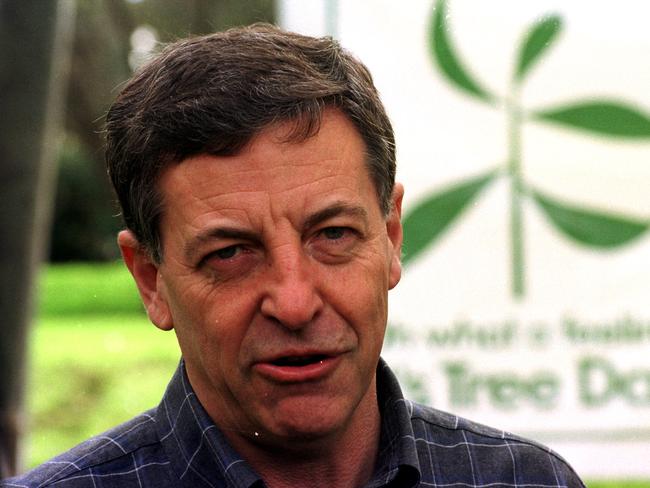Cabinet archives: Coal-fired plants got tick despite Kyoto warning
The Howard government’s commitment to an emissions trading scheme facilitated the go-ahead for two major coal-fired projects.

The Howard government’s commitment to implement an emissions trading scheme facilitated the go-ahead for two major coal-fired projects in 2000 with no conditions attached, despite warnings from the Department of Environment that they would account for a quarter of future emissions growth under the Kyoto Protocol.
In a confidential submission to cabinet in May 2000, as detailed in newly released documents from the National Archives, the department advised that the approval of the “very long life projects” — the Kogan Creek Power (KCP) station and Comalco Alumina Projects (CAP) — “could make meeting any target more difficult and costly”.
The Department of Environment noted that the two projects would account for a quarter of the future emissions growth under the Kyoto Protocol, and that if the international greenhouse agreement was ratified, “approval of these very long life projects could make meeting any target more difficult and costly”. It put those additional greenhouse abatement costs at between $200m and $400m.

Former environment minister Robert Hill pushed for the KCP station to be allowed to go ahead on the condition the difference in emissions between it and an equivalent gas-fired plant be offset via carbon sinks (the department advised that the coal-fired station, while “best practice for black coal”, would still release twice as much emissions than a gas-fed combined cycle plant).
Another option was for government incentives for the CAP project to be conditional on “full gas co-generation”.
Yet, the coal-fired projects were eventually approved without conditions, on the assumption that — following Australia’s mooted adoption of a greenhouse gas emissions trading scheme, which was Coalition policy under John Howard — that the market, not the government, would be best placed to decide which projects would or would not proceed.
A rationalist approach to environmental policymaking was preferred on the basis that it would “avoid the disadvantages of a project-by-project decision-making regime”.
This laissez-faire philosophy, however, was not shared by industry, science and resources minister Nick Minchin, who in May 2000 argued that future greenhouse policy should not “render Australian industries, including the LNG industry, uncompetitive”.
The cabinet papers showed the Department of Prime Minister and Cabinet supported ETS concessions for the LNG industry that emissions targets could put Australia’s LNG industry at a competitive disadvantage to other countries. But PM&C also argued that “providing relief to all industries involves shifting the potential burden for remitters that produce around three-quarters of greenhouse gas emissions to households”.


To join the conversation, please log in. Don't have an account? Register
Join the conversation, you are commenting as Logout